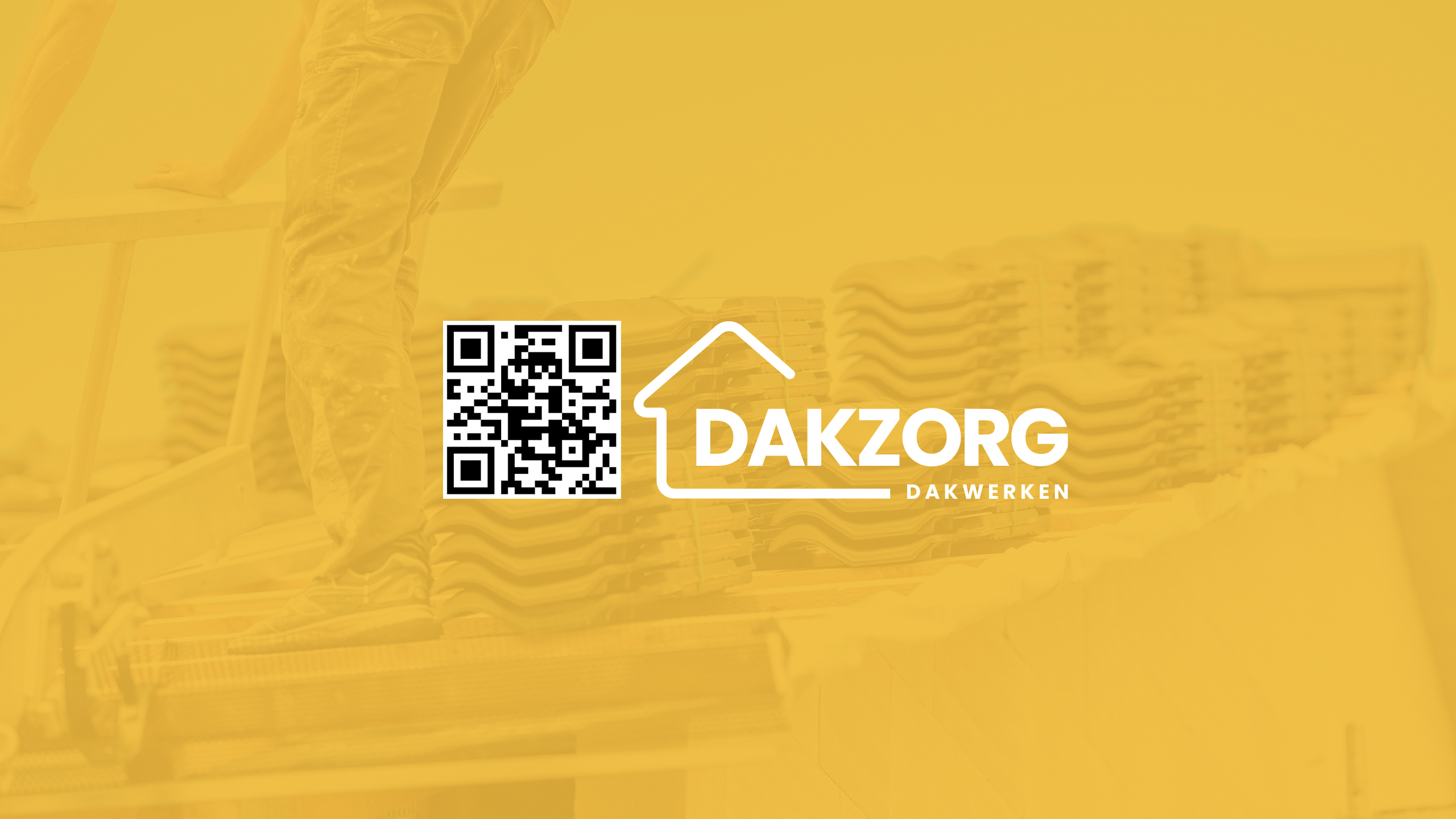Introduction
When it comes to roofing, the Netherlands has a rich history steeped in architectural innovation and sustainability. The Dutch are known for their distinctive styles, which blend functionality with aesthetic appeal. As a homeowner or someone considering purchasing property in the Netherlands, it’s crucial to stay updated on the top trends in Dutch roofing. This article will take you through these trends, highlighting what homeowners need to know about materials, techniques, and environmental considerations that are shaping Have a peek at this website the future of roofing in this unique region.
Top Trends in Dutch Roofing: What Homeowners Need to Know
1. Sustainability Takes Center Stage
Sustainability is no longer just a buzzword; it's a necessity in modern construction. In the realm of roofing, homeowners are increasingly opting for eco-friendly materials and practices.
1.1 Green Roofs: A Growing Popularity
Green roofs are becoming a favorite among many Dutch homeowners. Not only do they improve insulation and reduce energy costs, but they also provide natural habitats for wildlife and enhance urban biodiversity.
- Benefits of Green Roofs Improved thermal insulation Natural stormwater management Enhanced air quality
2. Innovative Materials Making Waves
As technology advances, so do the materials used in roofing. Homeowners are now exploring options that were not available a decade ago.
2.1 Metal Roofing: Durability Meets Design
Metal roofing is gaining traction due to its longevity and stylish appearance. Available in various colors and finishes, metal roofs can complement any home design while providing exceptional weather resistance.
- Pros of Metal Roofing Lifespan exceeding 50 years Low maintenance requirements Energy efficiency benefits
3. Traditional Tiles with a Modern Twist
While innovative materials are on the rise, traditional clay tiles still hold their ground within the market.
3.1 Enhancements in Clay Tile Technology
Recent advancements have improved clay tile durability and longevity significantly. New manufacturing techniques have created lighter tiles that maintain their classic appearance while being more resilient against harsh weather conditions.
- Advantages of Modern Clay Tiles Enhanced UV resistance Improved color retention Better thermal performance
4. Energy Efficiency Solutions
With rising energy costs, homeowners are keen on investing in energy-efficient solutions for their roofs.
4.1 Solar Panel Integration: A Smart Investment
Solar panels are increasingly being integrated into roof designs across the Netherlands. Homeowners can generate clean energy while reducing their carbon footprint.

- Why Consider Solar Panels? Significant long-term savings on energy bills Increase in property value Contribution to a sustainable future
5. Advanced Insulation Techniques
Proper insulation is key to maximizing energy efficiency and comfort within homes.
5.1 Spray Foam Insulation: The Future of Thermal Barriers
Spray foam insulation is emerging as an effective solution for insulating roofs. This method creates an air-tight seal that prevents heat loss during winter months while keeping interiors cool during summer.
- Key Benefits of Spray Foam Insulation Superior thermal performance Moisture barrier properties Reduction in allergens
6. Roof Maintenance: Keeping It Up-to-Date
Maintenance plays a pivotal role in extending the life of your roof.
6.1 Regular Inspections: A Must for Homeowners
Regular inspections can prevent small issues from escalating into costly repairs or replacements down the line.
- What Should You Look For During Inspections? Missing or damaged shingles/tiles Signs of water damage Mold or algae growth
7. Local Regulations and Building Codes
Staying compliant with local regulations is essential when renovating or building new roofs.
7.1 Understanding the Dutch Building Code
The Dutch Building Code outlines specific guidelines regarding roofing materials, structural integrity, and environmental impact that every homeowner should understand before undertaking a project.
- Key Points About Dutch Building Regulations Approval processes for new constructions Restrictions on certain materials Safety standards for installation
FAQs About Dutch Roofing Trends
FAQ #1: What type of roof is best for my home?
It largely depends on your location, budget, and aesthetic preferences! Consider factors like climate resilience and maintenance requirements when making your choice.
![]()
FAQ #2: How often should I inspect my roof?
It's advisable to inspect your roof at least twice a year—ideally before winter and after heavy storms—to catch potential issues early on!
FAQ #3: Are green roofs expensive?
While initial costs may be higher than traditional roofs, green roofs can save you money over time through reduced energy bills and increased property value!
FAQ #4: Can I install solar panels myself?
While DIY installations might seem tempting, it's best to hire professionals who understand local building codes and safety protocols—after all, safety first!
FAQ #5: What maintenance do green roofs require?
Green roofs require regular weeding, watering (especially during dry spells), and monitoring plant health to ensure they thrive throughout the seasons!
FAQ #6: Is metal roofing noisy during rain?
Modern metal roofs come equipped with insulation designed to minimize noise levels; they’re not as loud as you might think!

Conclusion
In conclusion, understanding the top trends in Dutch roofing is vital for any homeowner looking to invest wisely in their property's longevity and aesthetic appeal. From sustainable practices like green roofs to advanced materials such as metal roofing or spray foam insulation—there's no shortage of options available today! By staying informed about local regulations and making proactive choices regarding maintenance and inspections, you'll ensure your home remains protected from whatever Mother Nature throws its way! So go ahead—embrace these trends! You'll not only enhance your home's beauty but also contribute positively toward our planet's future!
This comprehensive guide has covered various aspects regarding contemporary developments within Dutch roofing practices; however, always consult professionals when making significant changes to your home! After all—it’s your castle!